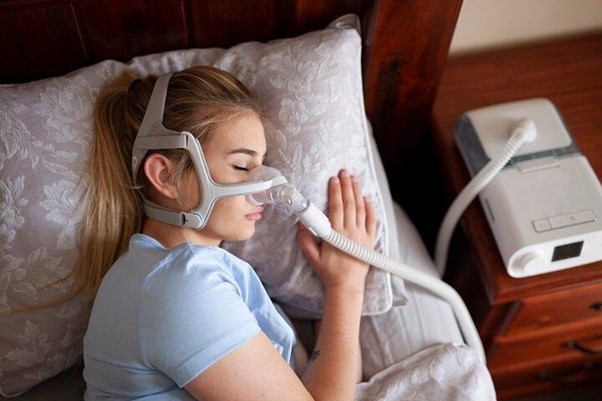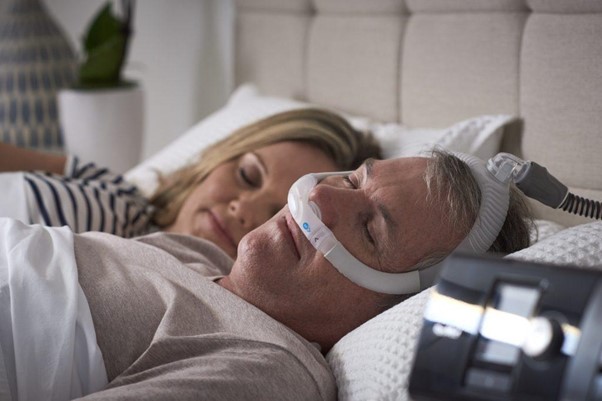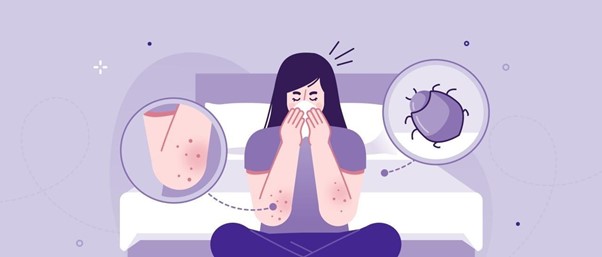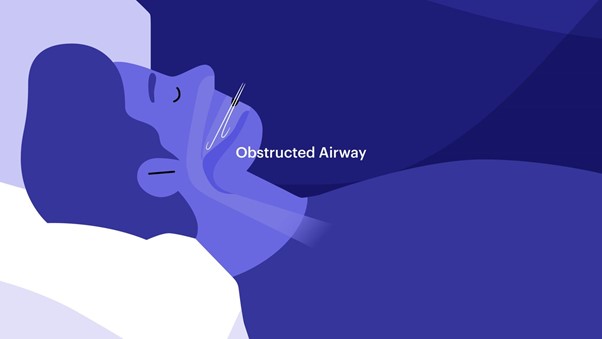Understanding Obstructive Sleep Apnea and Its Treatment Options

Obstructive sleep apnea (OSA) is a disorder that affects the way you breathe while sleeping. It is caused by an obstruction in the upper airway, which can lead to loud snoring and pauses in breathing during sleep.
If left untreated, OSA can cause serious health issues such as high blood pressure, stroke, heart attack, and even death. Fortunately, there are a variety of treatments available to help manage OSA.
What are the Symptoms of Obstructive Sleep Apnea?
The most common symptom of OSA is loud snoring, however, other symptoms include daytime fatigue, morning headaches, sluggishness during the day, interrupted sleep due to gasping or choking sensations during the night, mood swings or irritability due to lack of
sleep, decreased libido or sexual dysfunction, dry mouth upon waking up in the morning and difficulty staying asleep.
How is Obstructive Sleep Apnea Diagnosed?
If you have any of these symptoms or suspect that you may have OSA, you should talk to an ear nose, and throat doctor about getting tested for sleep apnea.
Your doctor will likely refer you to a sleep specialist for a comprehensive evaluation.
During this evaluation process, your doctor may recommend a home sleep test that will measure your oxygen levels while you are sleeping to determine whether or not you have OSA.
Alternatively, they may recommend an overnight stay at a specialized facility where they can monitor your breathing to accurately diagnose the condition.
Treatment options for Sleep Apnea
Let us explore the common treatments for OSA so you can make an informed decision about your health care.
Positive Airway Pressure (PAP) Therapy

This is the most common form of treatment for OSA and involves using a device called Continuous Positive Airway Pressure (CPAP).
This device helps keep your airways open by providing a steady stream of pressurized air through a mask or nasal cushions while you sleep.
CPAP therapy is highly effective at treating OSA but can take some time to get used to.
Oral Appliances
Oral appliances are another popular treatment option for OSA and involve wearing a custom-fitted dental appliance while sleeping.
These appliances work by gently moving your jaw forward and keeping your tongue from blocking your airways. Oral appliances are comfortable to wear and much easier to adjust than PAP masks or machines.
However, they may not be as effective as other treatments for severe cases of OSA.
Weight Loss
For people who suffer from obesity-related sleep apnea, losing weight can be beneficial in reducing symptoms and improving overall health.
Weight loss alone may be enough to reduce the severity of your condition or eliminate it, but it may take some time before you notice any changes in symptoms.
Additionally, if you have been diagnosed with sleep apnea due to excess weight gain, it’s important to note that any weight loss must be maintained long-term for the treatment to be effective.
It is recommended that individuals with OSA follow a healthy diet plan combined with regular physical activity to achieve long-term weight loss goals.

Surgery
Surgery is usually only recommended if other treatments have failed or when the cause of the obstruction is known – such as enlarged tonsils or nasal polyps – and can be corrected surgically.
Uvulopalatopharyngoplasty (UPPP) is one type of surgical procedure that removes excess tissue from the palate and increases the size of the airway opening.
However, this procedure has mixed success rates and can come with side effects like difficulty swallowing or speaking after surgery.
Other types of surgeries include maxillomandibular advancement (MMA), which pulls forward both jawbones; tracheostomy, which creates an alternate pathway for breathing and laser-assisted uvulopalatoplasty (LAUP), which uses lasers to remove tissue from around the throat area for improved airflow during sleep.
Conclusion
Obstructive Sleep Apnea (OSA) affects millions of people worldwide., but luckily there are several treatment options available depending on each individual’s situation.
From PAP therapy, oral appliances, and weight loss to surgery, everyone should find something suitable.
Sufferers must understand their condition thoroughly before making any decisions on what best suits them.
Speak with your doctor today about possible treatment options available. You don’t have live with undiagnosed obstructive sleep apnea any longer!
With proper diagnosis & management, your quality of life & well-being could be greatly improved!
Learn more.
Understanding Obstructive Sleep Apnea and Its Treatment Options Read More »










